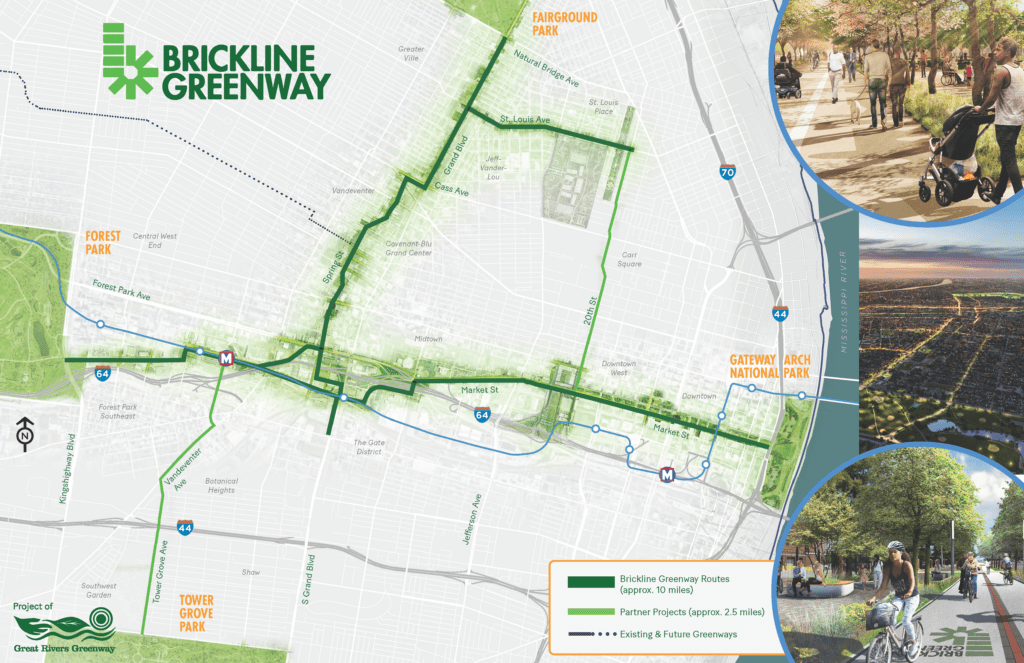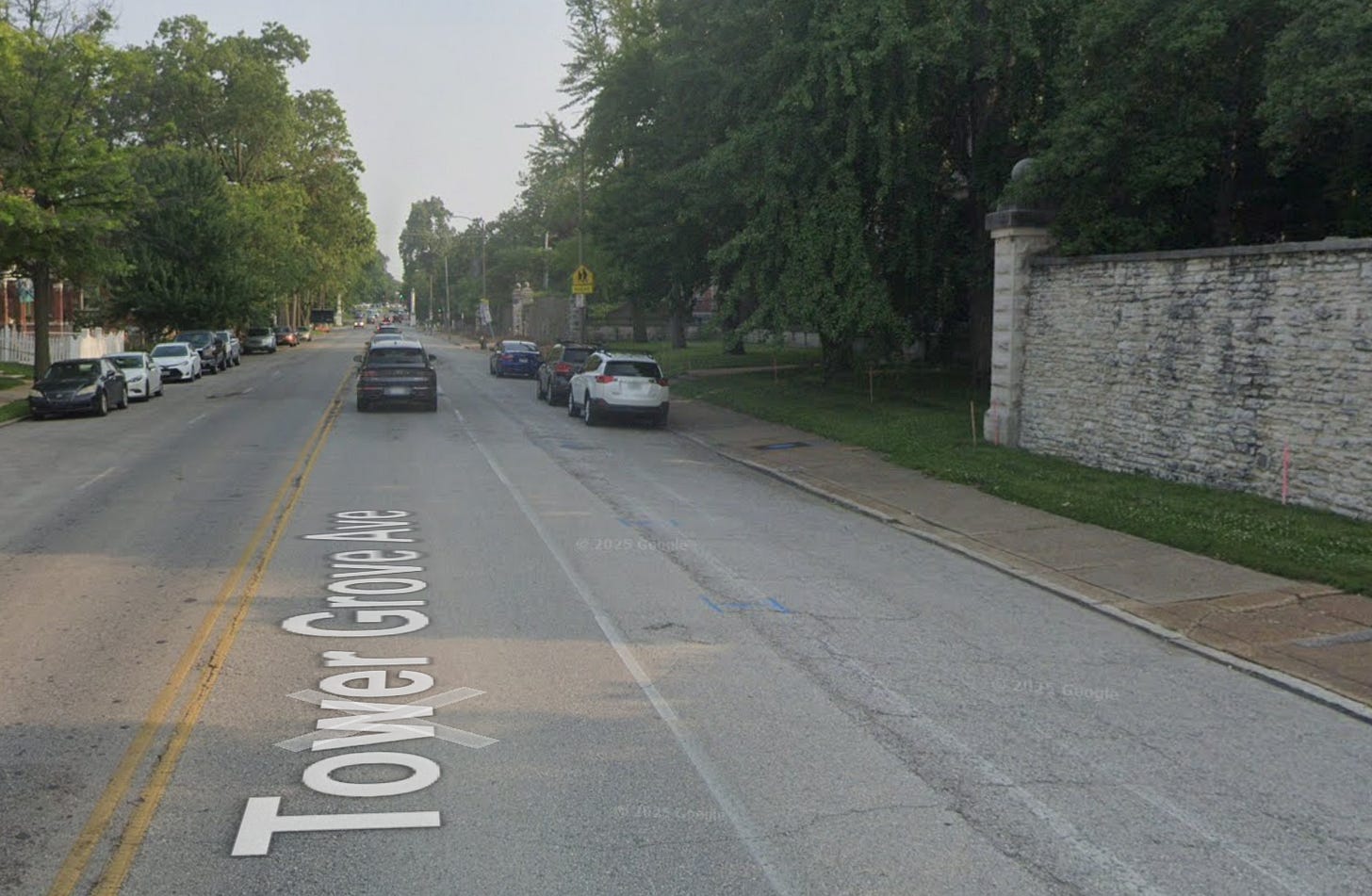Most of this Substack has been dedicated to convincing you that we need to do all sorts of relatively straightforward things to make housing easier to build and more affordable.
That’s some standard YIMBY content.
Making cities comprehensively better, however, means that we’ve got to expand the tent a bit to other kinds of urban policy objectives. What we really need to do is also get all of the urbanists on board with YIMBYism. Urbanism and YIMBYism are distinct and they’re both non-negotiable.
So, come on into the tent, Urbanists! Today we’re going to talk about how we can revolutionize bike lane infrastructure through a YIMBY mindset. Keep reading past the break to learn how we can do that.
The Problem - U.S. Cities Suck at Bike Lanes
The photo of Montreal just above is unrelatable for residents of most U.S. cities. Sure, some cities are slowly building out their protected bike lane infrastructure, but few places have dedicated as much time and effort in North America as Montreal has.
Instead, most U.S. cities languish for years or decades with modest bike lane proposals that either take too long to build out to really be useful or, otherwise, simply get cancelled.
There are a few exceptions. Seattle is doing an admirable job. St. Louis gets a couple miles of protected bike lanes out every now and then. Chicago is slowly working on it. New York City has made some progress but likes to ticket bikers equally as much as it likes to build them infrastructure.
The Issue Isn’t as Simple as Money

My suggestions would be much easier to develop if money were the sole issue.
It’s true that many cities don’t devote much (or any) capital/operating expenditures to bike lane development. That said, they have been fairly active in crafting large, expensive, and slow projects that take substantial public-private partnerships and community input to get off the ground.
Just above is a photo of the proposed Brickline Greenway in St. Louis. Great Rivers Greenway, the organization behind it, does fantastic work - especially given the constraints in the region.
The project will connect several neighborhoods with over 10 miles of greenways for pedestrians and bikers, but it also will cost over $240 million and various components of it like the Tower Grove Connector are years behind schedule. Segments like the aforementioned Tower Grove Connector are nearing a decade from the initial announcement with construction only having just begun.
That’s a quarter of a billion dollars with almost nothing to show for it so far.

Money Does Not Directly Translate to Outcome
These greenways are badly needed. Indeed, the Tower Grove corridor is one of the most ridden by bicyclists in the city. Worse yet, North/South travel is notoriously difficult in St. Louis, and there are few other safe and reliable options for bikers.
So as great as this will be, half a generation of people will have come and gone in the city before any quality of life and safety improvements will have been completed.
We’re taking so long to complete these basic pieces of infrastructure that in the ten years since part of this greenway have been proposed, St. Louis will have lost thousands of residents through population decline and, tragically throughout the city, several lives of bikers.
Where does YIMBY come in?
Thankfully, I can’t say I’ve witnessed much NIMBYism in terms of blocking bike lanes. Sure, there’s a bit of it out there. Ontario’s Premier, Doug Ford, has done his best to remove protected bike lanes from Toronto. It’s great that a court shut down his nefarious efforts this week.
What we really need to do is make it easier, quicker, and cheaper to build bike lanes.
We should still plan to build out excellent bike infrastructure - and this can cost a lot of money - but we cannot ignore the short term needs in the process.
That means that to serve the residents of today we should:
Deploy quick-build biking infrastructure
Embrace low tech solutions
Remove bureaucratic barriers
Get all of the city government on board
What does this look like in practice? Well, it’s quite simple really. Our transportation departments need to start getting some paint, bollards, and if we’re feeling really spicy, armadillos, and setting up new bike lanes like there’s no tomorrow.
Wait - what’s an armadillo? Happily, not the animal.
We call those black and white bumps armadillos because, well, they look a tiny bit like armadillos.
The photo above shows us a great example of something simple we can do to make bikers much safer. This is actually a really good example on Union Blvd., albeit a very short stretch, in St. Louis.
Bikers are kept dramatically safer even without full curb protection because cars are parked on the side of oncoming traffic. Indeed, the barrier is perhaps even more impressive than an actual curb.
Better yet, even if there aren’t vehicles already parked, the armadillos are reflective and serve as a last ditch barrier if one is needed. They also prevent cars from parking in the bike lane itself.
There’s some paint too. It helps, I suppose.
Cities need to get out of their own way and get their departments on board to get these rapidly designed and built.
Lower tech solutions likely won’t require federal support, so they’ll be much quicker to build.
These designs are the best way to protect cyclists today while we wait on the even better results we hope for tomorrow.
If St. Louis could have built more of this instead of taking a decade or longer for only the finest infrastructure, so many more bikers would have been safely biking in the meantime.
YIMBYism for bike lanes will make people safer. Let’s give it a try.





